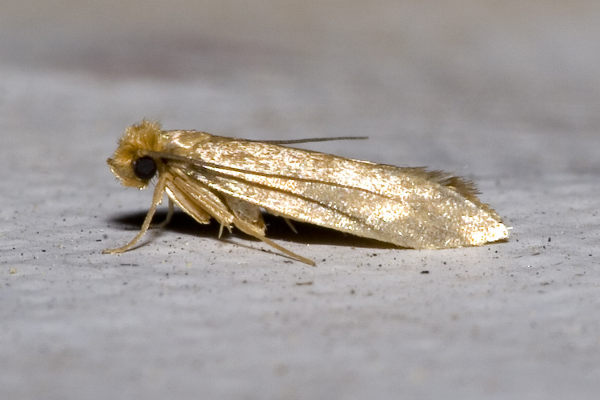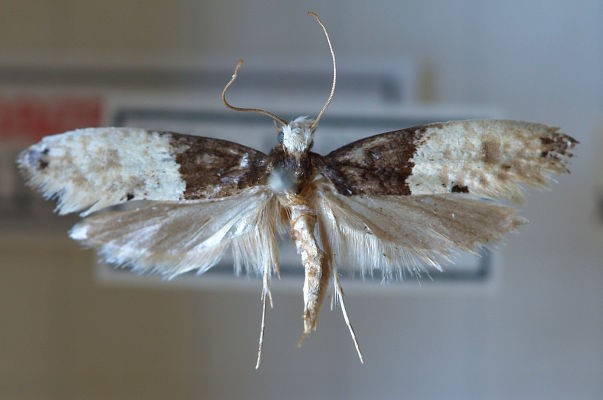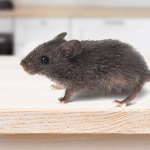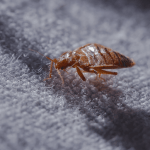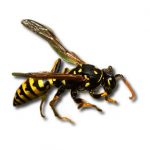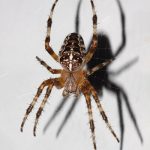Differences Between Butterflies and Moths in the UK

The similar appearance of butterflies and moths causes confusion between the two. The two types of insects differ in numerous ways. Understanding butterfly vs moth differences in the UK contributes to wildlife conservation efforts.
Discover the key differences between moths and butterflies in the UK with our moth vs butterfly comparison guide. Explore the visual and behavioral characteristics that distinguish moths and butterflies.
Is a moth technically a butterfly?
No, a moth is not technically a butterfly, although both belong to the same scientific order: Lepidoptera. This shared classification means they are closely related and have similar life cycles – egg, larva (caterpillar), pupa, and adult.
However, within Lepidoptera, moths and butterflies are grouped into separate suborders:
- Butterflies are generally classified under the suborder Rhopalocera.
- Moths fall under several suborders, primarily Heterocera.
These groups differ in behaviour, anatomy, and evolution. So, while moths and butterflies are “cousins” in a taxonomic sense, one is not simply a variant of the other. Each represents a distinct branch of the Lepidopteran family tree.
The life cycle of moths vs butterflies
While both undergo complete metamorphosis, seasonal habits differ. Butterflies usually emerge in the spring to summer when the weather gets warmer. Moths can be seen year-round, with some overwintering as adults or pupae, especially in mild climates.
- Butterflies and moths both lay eggs as a way of reproduction. Butterflies form a chrysalis, a hard, smooth casing suspended from surfaces. Moths spin a cocoon, a silk-based covering that can be found hidden in leaves, bark, or underground.
- The next stage is the caterpillar one, also known as the larval stage. You can differentiate the moth from the butterfly by the texture of their larvae – the moth one is fuzzy and soft, while the butterfly is smooth, bright with no hairs.
- The following phase is called the pupa stage, which is the transition from the caterpillar to a grown moth or butterfly. The differences here become a lot clearer. The moth cocoon is covered in silk, while the chrysalis of the butterfly is smooth, with no fuzz and a lot harder to the touch. However, not all moths make cocoons. There is a sub-species called the tomato hornworm that creates a special chamber in the ground during this pupa stage.
- Finally, we get to the final adult stage, which is also known as “imago”. The grown moth and butterfly come out of their pupa cuticle. In the beginning, the wings are wrinkled and moist, and the abdomen- swollen. Both species start pumping hemolymph to their wings in order to complete their metamorphosis and expand completely.
Read about How long do butterflies and moths live?
Moths vs butterflies appearance differences
Now that they are at the adult stage of their lives, it’s time to see what are the main physical differences between a moth and a butterfly body:
- Body shape and appearance – This is where the difference between moths and butterflies become quite clear. Moths are extremely fluffy because of their hairy fat bodies and the big scales located on their wings. Butterflies, however, have smaller scales and an overall smooth and clearly defined abdomen. Butterflies have slender, smooth abdomens. Moths possess thicker, often furry bodies adapted to cooler nocturnal temperatures. The reason for this difference is most likely because of their way of living. Moths have to keep warm during the night when they are more active, while butterflies need to collect sunlight, thus the lack of hair on their bodies.
- Antennae shape – This is actually the fastest way to tell them apart. Also known as feelers, the butterfly antennae are a lot thinner with tips in the shape of a club. Moth feelers mostly resemble the shape of a comb. Butterflies have thin, clubbed antennae – a long shaft with a rounded tip, ideal for detecting scent and navigation during the day. Moths, by contrast, often have feathery or comb-like antennae, especially in males, which help detect female pheromones during night activity.
- Colour and pattern – Butterflies are more vibrantly coloured, with patterns designed to attract mates or warn predators. Moths tend to display muted browns, greys and creams to blend into their environment, although some species like the Elephant Hawk-moth are striking exceptions.
- The frenulum – A frenulum is a device that only moths possess. It serves as a connection between the two different wings that they have – the forewing and the hindwing. It helps the moths during flight by keeping their wings working in unison.
- Eyes differences – Butterflies have compound eyes optimised for daylight vision. Their eyes can detect a broad spectrum of colours, including ultraviolet, allowing them to identify flowers and mates during the day with precision. Moths, on the other hand, have highly light-sensitive eyes suited to low-light conditions. Their eyes are often equipped with a reflective layer called a tapetum, similar to that found in cats, which enhances their night vision but can make them more susceptible to bright light.
- The wings – Wing posture offers a clear clue to identification of moths and butterflies. Butterflies rest with their wings held upright and closed over their backs. Moths usually rest with their wings spread flat or tented over their bodies, blending into surfaces as camouflage.
Moth vs butterfly behaviour
Moths and butterflies have different behavioural patterns based on their environment. Here are the main differences in moths and butterflies behaviour:
- Eating habits. Moths store a certain amount of fat in their bodies while they are in the larval period. They are known to eat almost anything in this phase, starting from various plants, nectar from flowers, going through all sorts of clothes, furniture, hair, fur, and many more. After they go into their adult life, they mostly live on the fat, that they’ve stored in the previous stage and by sucking on various liquids in order to keep themselves alive. Butterflies are a bit more active in their adult stage, and they regularly drink on nectars and other liquids by using a tool called a proboscis.
- Activity. Butterflies are generally more territorial and active during the day. They are often seen basking in the sun, using solar heat to regulate body temperature. Many species display a fluttering, erratic flight style. Butterflies rely heavily on visual cues for mating and navigation, often returning to the same locations for feeding and egg-laying. Moths are typically more secretive and nocturnal, using their acute sense of smell to locate mates via pheromones. Many moths are attracted to artificial light sources at night, a behaviour known as positive phototaxis. Some moths also exhibit a dramatic defensive response, such as playing dead or flashing bright hindwings to startle predators.
- Resting condition of the body. There is also a difference in the way in which moths and butterflies fold their wings while they are not flying. Moths try to hide their abdomen by putting the wings in the form of a tent, while butterflies fold them back, vertically over the body, flat, or sometimes in-between, similar to a jet plane.
- Mating selection. Due to their nocturnal activities, moths use their strong scent in order to choose a mate, while the butterflies rely on their sight, thus the bright colours and patterns.
Moth and butterfly damage
While butterflies are largely harmless in domestic settings, certain moth species can cause significant damage to fabrics, stored foods, and plants in the UK. Some moths are considered pests due to their larval feeding habits:
- Clothes Moths (Tineola bisselliella) – Their larvae feed on natural fibres such as wool, silk, and feathers, often ruining garments, upholstery, and carpets.
- Pantry Moths (Plodia interpunctella) – These infest dried food products, including cereals, flour, and grains, contaminating supplies in kitchen cupboards.
- Garden Moths – Caterpillars of species such as the Winter Moth and Cabbage Moth can damage fruit trees and vegetable crops by defoliating plants and boring into produce.
Butterflies rarely cause household damage, but some of their caterpillars can affect gardens. Large White Butterfly (Pieris brassicae) – The larvae, known as cabbage white caterpillars, can devastate brassica crops by feeding on leaves and stems. However, butterfly species are generally not regarded as serious pests and are more likely to be welcomed by gardeners for their role in pollination and biodiversity.
Final thoughts
Wildlife enthusiasts, gardeners, and homeowners alike need to know the difference between butterflies and moths. Both groups play an important role in pollination and biodiversity in the UK.
The easiest way to tell both species apart is the time in which you notice them being more active. It’s safe to say that adult moths and butterflies are not dangerous, however, moth larvae munching on your property can be a very serious issue that should not be taken lightly. That’s why, keep an eye out for all the signs and visual differences we mentioned, and contact a moth control service immediately if you spot any indications of moth infestation.
Not sure if moth or butterfly?
Consider that we give information about the difference between moths and butterflies, as well as what damages they can cause.



